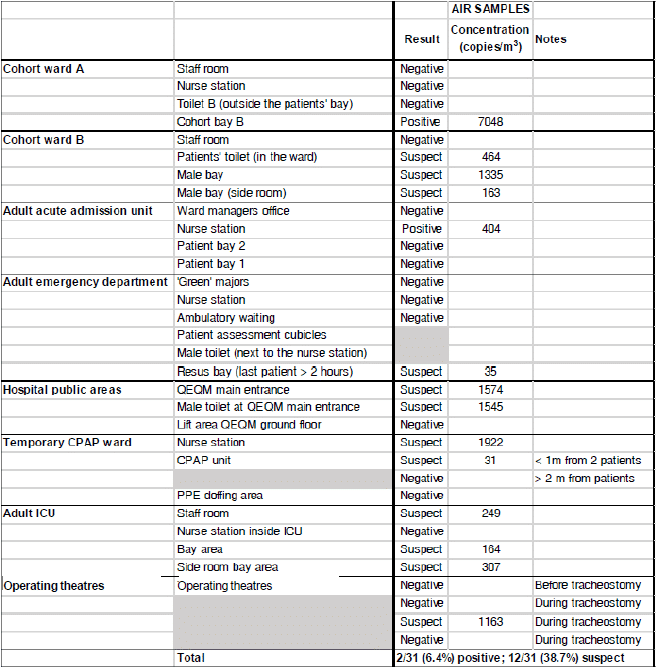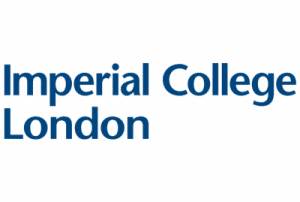Context
The current pandemic of Covid-19 has shown the vulnerability of our healthcare systems when faced with viral infections without a known treatment Understanding the transmission behavior of SARS-CoV-2 in the air will be a crucial step to managing the current outbreak and design the appropriate prevention and control measures. In this document, we present how researchers in Imperial College have been evaluating SARS-CoV-2 surface and air contamination in a hospital during the peak of the COVID-19 pandemic in London, using surface swabs and the Coriolis μ air sampler coupled with RT qPCR and viral culture.
Protocol
Sampling design: Surface and air samples were collected in 8 different sites including 7 clinical areas and 1 public area at a North Western London hospital, during the peak of the Covid
19 pandemic (from April 2nd to April 20th 2020). The list of sites can be found in Figure 1. All inpatient wards were fully occupied by patients with Covid-19 at the time of sampling, apart from the Emergency Department.
In each of these clinical areas, 4 air samples were collected (5 air samples were collected in the Emergency Department, and 3 in public areas of the hospital). Surface samples were collected by swabbing approximately 25 cm2 of items in the immediate vicinity of each air sample.
Collection: Sampling was carried out with the Coriolis μ air sampler (Bertin Technologies, France) at 100 L/min for 10 min (corresponding to 1 m3 of air), with 5 mL DMEM.
RT-qPCR Analysis: The RNA extraction step was realized on 140 μ L of sample using Qiagen viral RNA mini kit.
This was followed by absolute quantitative Real-time PCR targeting the envelop (E) gene of SARS-CoV-2 with AgPath One-step RT-PCR (Life Technologies).
Viral culture: Vero E6 (African Green monkey kidney) and Caco2 (human colon carcinoma) cells were used to culture virus from air and environmental samples
Results
Figure 1: PCR results from air samples. Samples where both of the PCRs performed from an air or surface sample detected SARS-CoV-2 RNA were defined as positive, and samples where one of the two PCRs performed from an air or surface sample detected SARS-CoV-2 RNA were defined as suspected. Adapted from [1]


